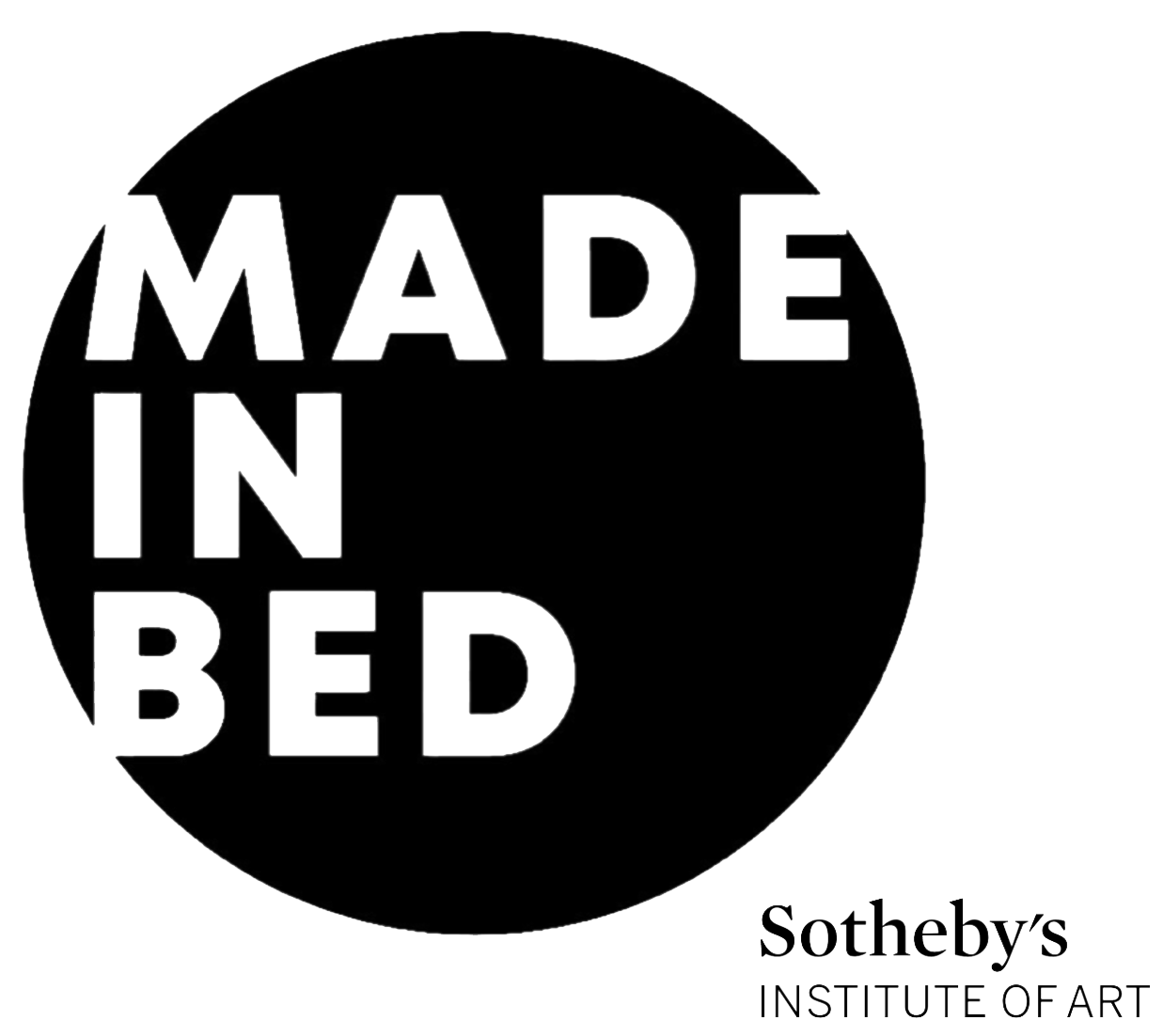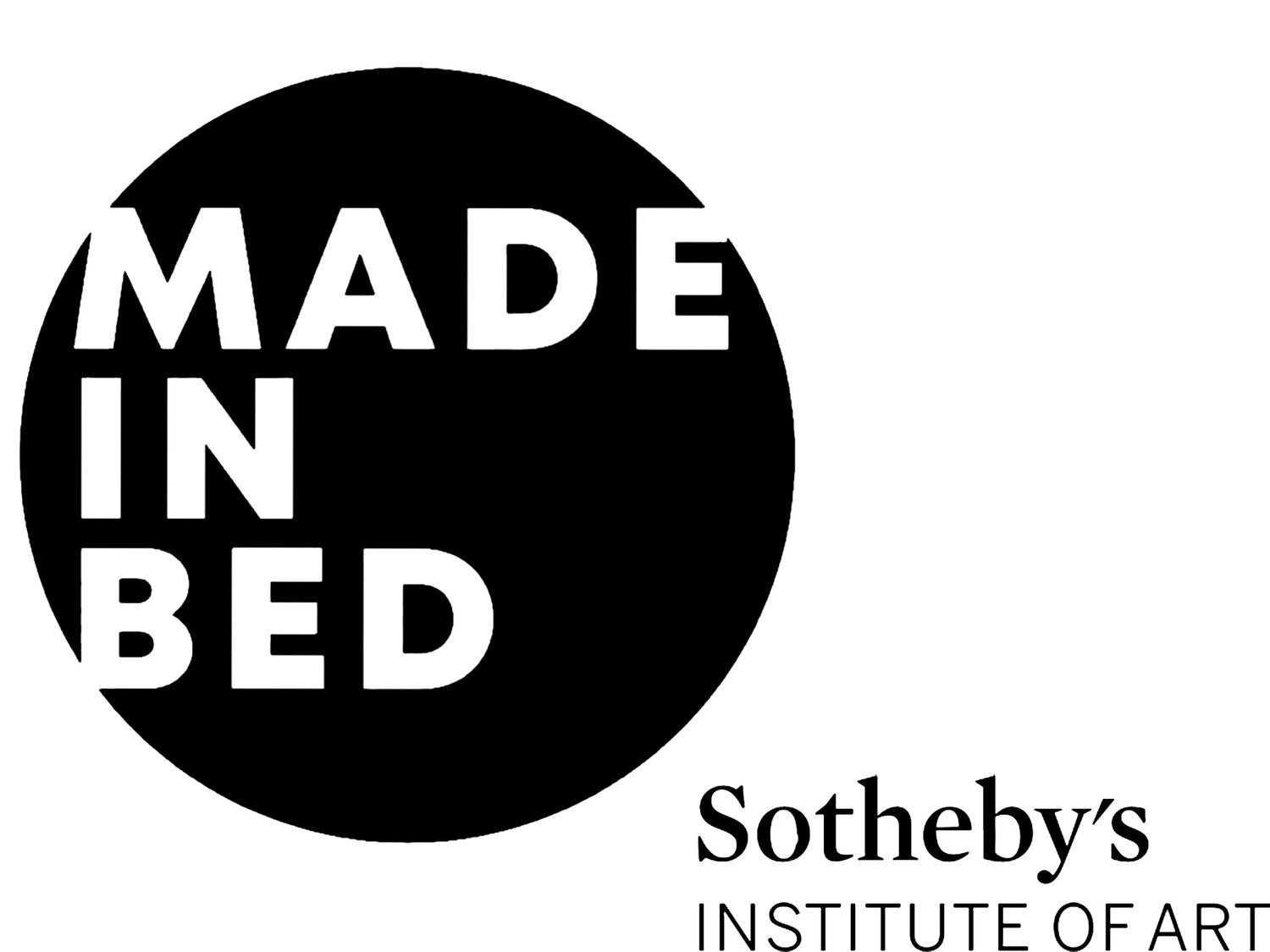Making Home: the Smithsonian Design Triennial @ the Cooper Hewitt
Exploring the role of design as a physical or emotional player in the context of home and featuring a diverse array of artists and designers considered across the United States, US territories, and the broader tribal nations, the Smithsonian Design Triennial at the Cooper Hewitt aims to take back and re-shape history.
The Cooper Hewitt Smithsonian Design Museum, New York, NY. Photo Courtesy: Cooper Hewitt
Featuring 25 site-specific, newly commissioned installations, the triennial is divided across three floors with each one centered around the theme of ‘home.’ In ascending order, the floors take the visitor on a journey from Going Home on the first floor, to Seeking Home on the second, and finally Building Home on the third.
Before entering the building, outside the main entrance, the museum goer is greeted by three white architectural structures by artist La Vaughn Belle, called The House that Freedoms Built. These structures make sense. Not only are they meant to demonstrate a home, they are reminiscent of ornamental napkins or “doilies” that one’s grandmothers used to have. Going deeper, doilies also have the practical role of protecting fine-wood furniture, in this case, the artist has fused function with form, piercing the entire body of this wood construction with shapes and symbols we neither can recall nor are disconnected from. Immediately, this creates feelings of hospitality more powerful than the average welcome mat.
Installation view of The House That Freedoms Built, La Vaughn Belle. Photo Courtesy: Ann Sunwoo & Smithsonian Institution
Upon walking in, the afternoon light floods the lobby area. We see feathered coats hanging from the ceiling. Although the majority of people have not lived in a house of this grandeur, it was once a home to the Carnegies, and this is evident within the first few moments of entering.
In accordance to the floor plan, the visitor should head straight towards the library. This is The Underground Library: An Archive of Our Truth by the Black Artists + Designer's Guild (BADG). Immediately, one is affected by the electrifying blue/grey carpet, like a galaxy with subtle dots as stars overlapped by interconnected, root-like lines. The title is inspired by the underground railroad, and how the ex-slaves used stars to navigate their way. The shelves of the library are restocked with black history books. Titles read: When America Stopped Being Great, Beautiful cooking, Young Antiracist, and even a children's book Don’t touch My Hair. The library books are interactive, meant to educate and relate to curious learners. Sleek, bronze colored furniture with contemporary curves rooted in 20th century modernism ties the whole room together. These were made of foam and Dacron by the designer Leyden Lewis, the founder of BADG. Along the windows are desks and several wooden chairs, some of African influence like the Africana chair and others of modernist style like the MeQuamya chair reminiscent of the Giraffe chair.
Installation view of The Underground Library, the Black Artists + Designers Guild. Photo Courtesy: Ann Sunwoo & Smithsonian Institution
A notable mention is the wool furniture in the Game Room. Artist Tommy Mashima created four neon-colored, hand dyed needle-felt wool furnishings which are unbelievably chic. The magenta chaise sofa gripped my attention immediately, echoing winding ropes in the theme of a growing forest.
Moving on we come to Welcome to Territory by the Lenape Center and Joe Baker. It is this design that first greets every visitor to the triennial. It welcomes us to the exhibit, but—more importantly—to the very land on which we stand. Joe Baker, the co-founder of the Lenape Center, created contemporary renditions of the Lenape garments once described as “intricately designed feather capes” in written accounts from 16th and 17th century European explorers. Just the capes float in the air, with slight intermittent sways from visitors walking underneath. The essence of the tribe lingers in the room; the absence of any figure is reminiscent of the misplacement from their homeland. The coats, accented by surrounding wallpaper displaying tulip trees are native plants to the Lenapehoking. Placing these garments at the forefront of the exhibition gives a certain power and importance. A land acknowledgment through the act of art and design.
Installation view of Game Room, Liam Lee and Tommy Mishima. Photo Courtesy: Ann Sunwoo & Smithsonian Institution
Installation view of Welcome to Territory, the Lenape Center with Joe Baker. Photo Courtesy: Ann Sunwoo & Smithsonian Institution
Concluding the Going Home floor is the sister design of the library’s carpet, Recollectionm by Joiri Minaya. Were these designs made in collaboration or was it a coincidence? In Recollection, Minaya speaks to her roots in the Caribbean and the American south. The “haint blue” (the colloquial term ‘haint’ referring to an evil spirit or ghost) traditionally painted on porch ceilings in Southern US homes mimics the sky and/or the water, and were used to warn off the ‘haint’ spirits. Also featured are Caribbean flora, wild rice, cotton and indigo plants—all of which allude to diasporic histories. Above us in this space are the constellations, echoed by those in the libray, that were vital for navigation to individuals fleeing enslavement. It is possible these two designs came up as a coincidence. Nevertheless, it isn’t shocking to think that these two black artists would share thematic designs when speaking to shared cultural heritage and feelings of home. These spaces emphasise the connected histories of the Caribbean and Africa, creating something magical.
Installation view of Recollection, Joiri Minaya. Photo Courtesy: Elliot Goldstein & Smithsonian Institution
In Seeking Home, a stand out space was So That You All Won’t Forget: Speculations on a Black Home in Rural Virginia by artist Curry J. Hackett. As soon as one’s foot hits the threshold, a blast of tobacco pleases the senses—a fresh yet harsh aroma that tickles the nose. “A haunting crop” Curry calls it, associated with slave labor or nicotine addiction. For Curry, tobacco was home, having grown up on a tobacco farm. A painting of his mother appears amidst the static leaves and cast-iron skillets.
Installation view of So That You All Won’t Forget: Speculations on a Black Home in Rural Virginia, Curry J. Hackett, Wayside Studio. Photo Courtesy: Elliot Goldstein & Smithsonian Institution
Finally, in Building Home, five environments represent projects currently underway. Casa Desenterrada, or ‘Underground House,’ by artist Ronald Rael is made up of 300 adobe bricks from mud excavated from partial ruins in Conejos, Columbia. ‘The bricks’ are painted with the names, ages, tribes, images, and household items of those who were enslaved or suffered an unjust death. The installation forms a U-shape and, when walking in the middle, ghostly whispers from the artist's mother speak the names the people the bricks represent. Take your time through this one, stand still, close your eyes, try to embrace the casualties, and stand in solidarity.
Installation view of Casa Desenterrada, by designer Ronald Rael. Photo Courtesy: Elliot Goldstein & Smithsonian Institution
This triennial was well thought-out and benefitted many different cultures and communities. Other institutes might want to take notice of this exhibition. It is rare to see institutions commission works by contemporary black and indigenous artists and put them in dialogue with other under-represented communities, with the intention of educating and enlightening the broader public. The inclusion of the Spanish language on some of the wall texts also tied to the feeling of home: a home for all is one that can be understood in several languages. This is the first time the Cooper Hewitt has commissioned all works for an exhibition and the first-time mounting an exhibition with another institution—National Museum of African American History and Culture, WA. However, it is not the first time Cooper Hewitt has addressed modern concerns: in 2019, the previous triennial has a “call to action” against climate change.
Why do we need to reimagine these spaces? It is a way to archive a new history, a more profound truth. This is ethnography and anthropology in the form of design and architecture.
The Smithsonian Design Triennial will be on until 10th August 2025.
Nicholas Berkel,
Contributing Writer, MADE IN BED









